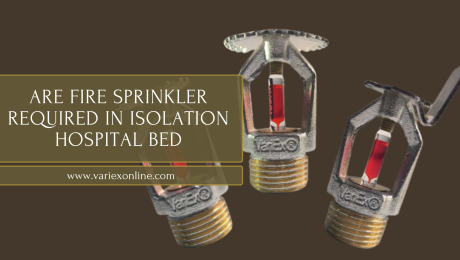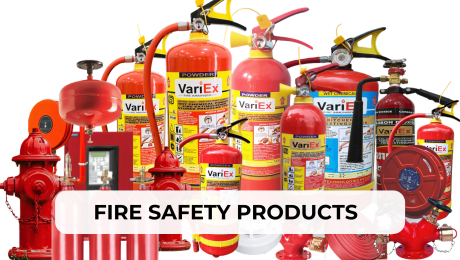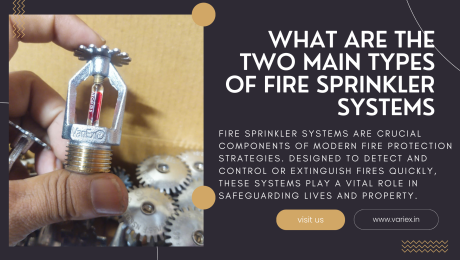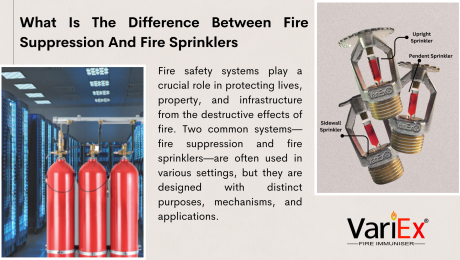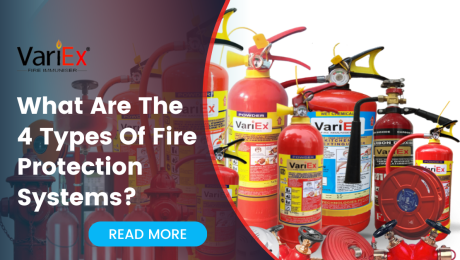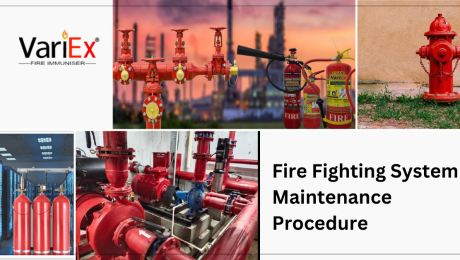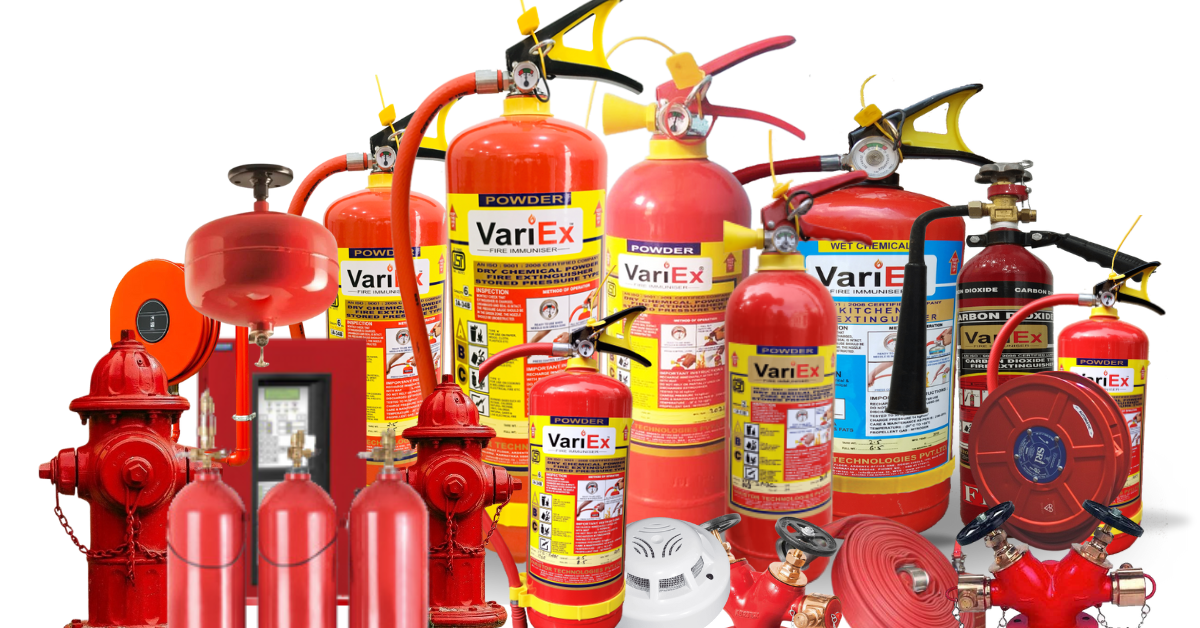A fire sprinkler system in India is a critical fire safety solution used in commercial, residential, and industrial buildings to detect and suppress fires. These systems are designed to automatically activate when a fire is detected, releasing water to control or extinguish the fire before it spreads.
Types of Systems:
Wet Pipe Systems: The most common, with pipes filled with water ready for immediate use.
Dry Pipe Systems: Used in colder regions where freezing is a concern; pipes are filled with pressurized air, releasing water when activated.
Pre-action Systems: Used in sensitive areas, requiring two triggers to activate, preventing false alarms.
Deluge Systems: Release large volumes of water for high-risk areas like chemical factories.
Regulations:
India follows the National Building Code (NBC), which mandates fire sprinkler installations for high-rise buildings, commercial complexes, and areas with specific fire hazards. These systems are essential for compliance, life safety, and minimizing property damage in case of fire. Regular maintenance and inspections are also required to ensure functionality.
Are Fire Sprinkler Required In Isolation Hospital Bed
- Published in Fire Fighting System, Fire Safety Equipment, Fire Sprinkler System
Fire Fighting Equipment in Bengaluru
Best Fire Safety Products in Bengaluru
Top Fire Safety Products in Mumbai
Fire Safety Products in Mumbai
Fire Safety Products in Bengaluru
What Are The Two Main Types Of Fire Sprinkler Systems
- Published in Fire Fighting System, Fire Safety Equipment, Fire Sprinkler System
What Is The Difference Between Fire Suppression And Fire Sprinklers
What Are The 4 Types Of Fire Protection Systems?
Fire Fighting System Maintenance Procedure
Regular maintenance of fire fighting systems is essential to ensure their continued functionality and reliability in the event of a fire emergency. This guide outlines the key procedures involved in maintaining fire suppression systems to mitigate risks and protect lives and property.
1. Scheduled Inspections:
- Conduct scheduled inspections of all components of the fire fighting system, including control panels, piping, nozzles, detectors, fire alarms system, and fire extinguishers.
- Inspections should be performed by qualified technicians according to manufacturer guidelines and regulatory requirements.
2. Functional Testing:
- Perform functional tests of the entire fire fighting system to verify proper operation and response.
- Test alarms, detectors, and suppression equipment to ensure they activate as intended.
- Simulate fire scenarios to assess the system’s effectiveness in detecting and suppressing fires.
3. Inspection of Components:
- Inspect piping, valves, and nozzles for signs of corrosion, leaks, or damage.
- Check detectors and alarms for proper positioning, cleanliness, and functionality.
- Verify that control panels and electrical connections are secure and free from defects.


